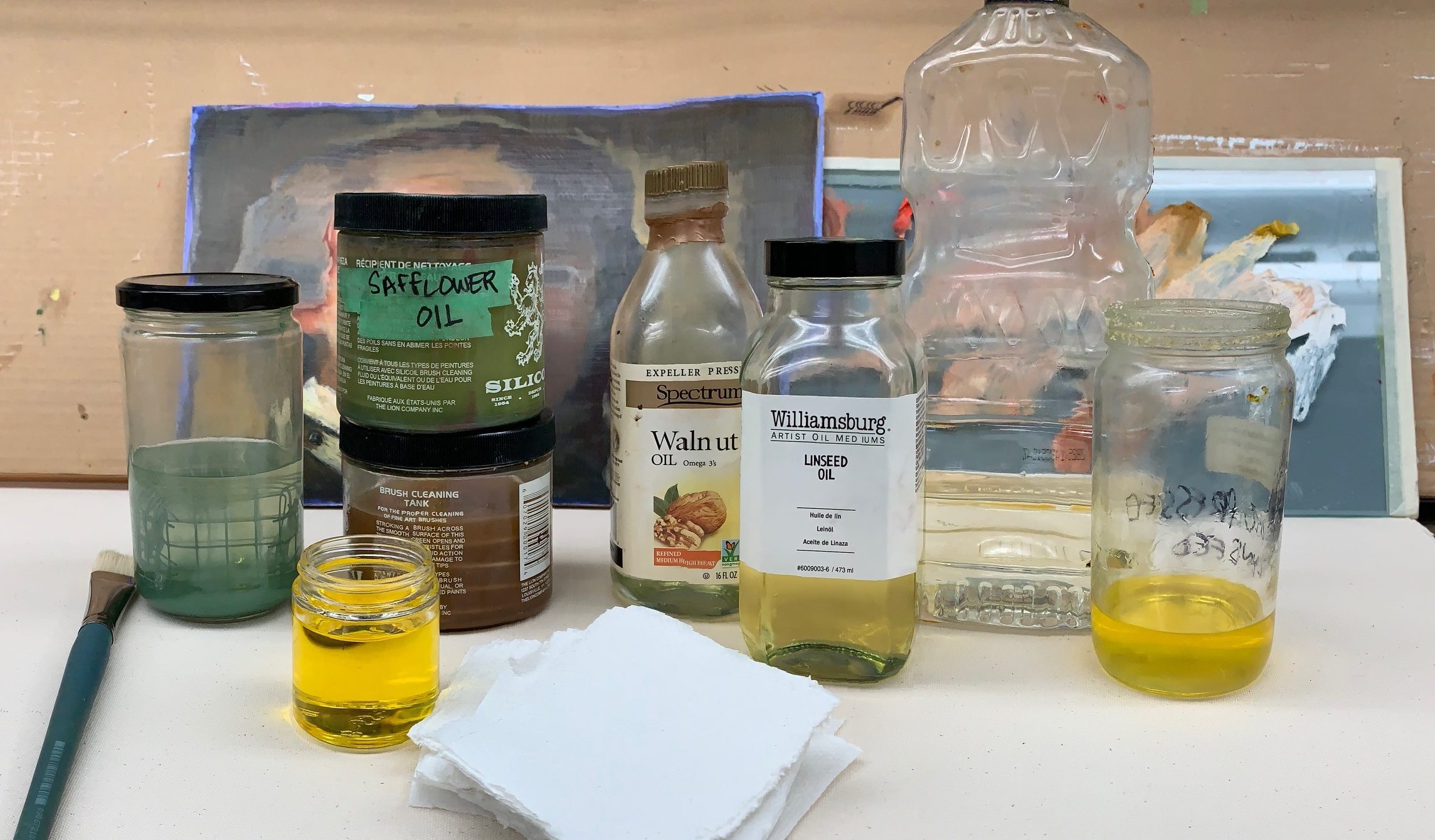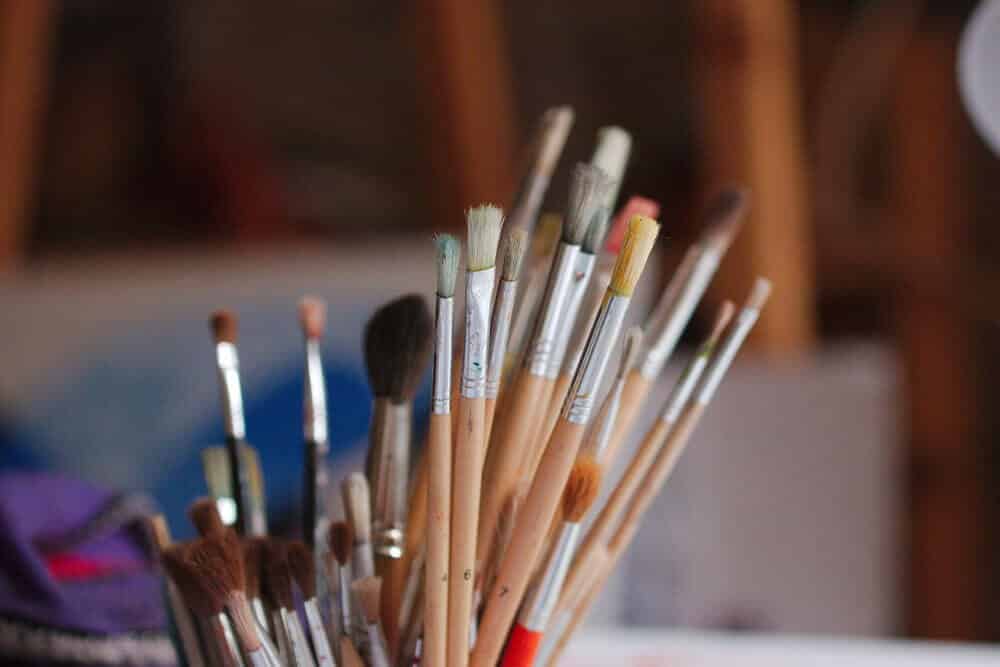
How To Clean Hardened Paint Brushes

This is a messy way to go. You need a thinner bucket. I don't understand why commercial painters love to fling thinner around, it's a toxin and a fire hazard. Anything you aerosolize, you breathe.
The brush was now 'clean' but it was full of loose paint bits and oily mineral spirits. I took it to the sink and rinsed it thoroughly with warm water. I worked some dish detergent into the bristles and brushed it well with the wire brush to remove all the loose paint. Mineral spirits is great for cleaning paint brushes and wooden furniture. A small amount of mineral spirits can clean and polish furniture that has a layer of varnish, shellac, or lacquer. When used on tiles, it can clear scratches and skid marks. When painting, it is great for erasing mistakes. Work excess coating out of the brush. Always read the manufacturer’s recommendations on the can label to know if mineral spirits, paint thinners, or lacquer cleaners should be used for cleaning. Massage the proper solvent into the bristles. Change the solvent as it gets cloudy or dirty. If you think the brush is clean, do it again. Cleaning oil-based finishes from a brush requires solvents and a little more time than water-based finishes. Pour about a quarter-inch of mineral spirits into a glass or plastic container. Then push the bristles into the liquid–fully wetting them up to the ferrule–and work the brush around to remove as much paint as you can. Pour the appropriate solvent - mineral spirits or turpentine for oil-based stain and warm, soapy water for water-based stain - into a bowl. Immerse the brush and shake it back and forth for a minute or two.
Not being snarky - being concerned for your health. And your pocket book. I get that.
I was trained to clean those brushes after the day by wiping them out, giving a good rinse in a thinner bucket to knock off any solids, and shampooing with Murphy's. Every Day After Painting. There's no reason for a brush to get to this state. The next morning, it's dry and clean and ready to go. You can also knock off any cruddy build up through the day in a thinner bucket. Which is a zinc or steel bucket, with a lid, with a grate inside to run the bristles over. Paint solids fall to the bottom and the thinner can be used until it's exhausted. No breathing micro droplets, none on the skin, and the fire hazard stays contained. Yes, paint thinner is a fire hazard. It comes from the same cracking tower as motor oil and gasoline, it's very dirty stuff. It often contains lead and other nasty things too. You don't want to breathe it.
You can also give most brushes a 72 hour soak in Murphys as a maintenance deep clean. Every six months or so. This can also rescue brushes you've already trashed. No scraping or grinding needed if you clean up every day though. That's time out of your life. Go watch a game! The five minutes to wash brushes is worth having a clean dry well conditioned tool at hand the next morning. But a Saturday afternoon? Nah.
:max_bytes(150000):strip_icc()/how-to-clean-paintbrushes-4771742-3-0144b7fc491c4dc2838ebee4cc540532.jpg)
How To Clean Oil Paint From Brushes
I'm trained as a portrait painter, but I renovate houses too. And I have a brush fetish, I have over a thousand high quality ones. I clean them all the same way, studio or house. They're all in great shape. Washing daily is not a problem, the oil in oil soap is a great conditioner for natural hairs. Just let them air dry out in the open, they could mildew in a closed container. Takes them inside in freezing weather. Love them and they'll love you back.
